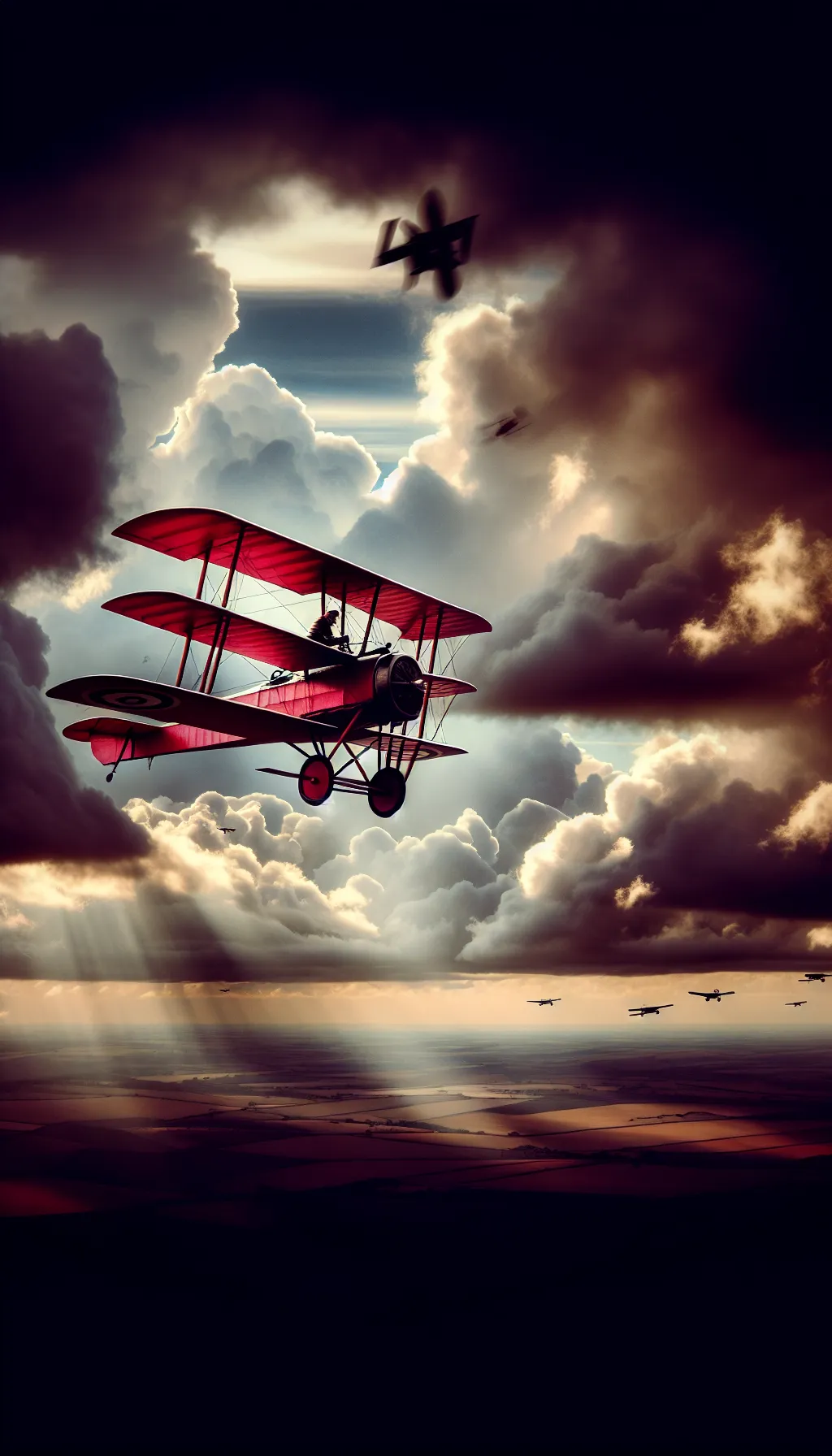Germany – The Fall of the Red Baron – April 21, 1918
TLDR;
- Event: On April 21, 1918, the Red Baron, Manfred von Richthofen, was killed in action during a dogfight over the Somme, marking the end of his legendary aerial combat career.
- Circumstances: While pursuing a novice Canadian pilot, Richthofen was fatally wounded by a bullet, likely fired from the ground by Australian machine gunner Sergeant Cedric Popkin.
- Impact: His death was a significant morale blow to Germany, symbolizing a turning point in World War I’s air warfare, despite the war continuing for several more months.
- Legacy: Richthofen remains an iconic figure in military aviation history, remembered for his 80 confirmed kills and the distinctive crimson paint of his Fokker Dr.I triplane.
–
–
Story
The roar of engines filled the skies over the Somme as the legendary Red Baron, Manfred von Richthofen, took to the air for what would be his final flight. Known for his crimson-painted Fokker Dr.I triplane, Richthofen was the most feared pilot in the skies, a symbol of German air superiority with 80 confirmed kills to his name.

As the morning sun broke through the clouds, Richthofen engaged in a dogfight with a squadron of British Sopwith Camels from No. 209 Squadron RAF and other aircraft, including those from No. 3 Squadron AFC (Australian Flying Corps). The air was thick with tension and the smell of burning fuel. The Red Baron, ever the hunter, pursued a novice Canadian pilot, Lieutenant Wilfrid ‘Wop’ May, across the French countryside. But this time, the hunter became the hunted.
In the chaos of battle, Richthofen’s plane was struck by a single bullet. Modern consensus suggests the fatal shot was fired from the ground by Australian machine gunner Sergeant Cedric Popkin, based on bullet trajectory analysis. Mortally wounded, Richthofen lost control of his Fokker Dr.I, which crashed in a field. He died almost instantly from a single bullet wound to the chest.
The death of the Red Baron marked a symbolic turning point in the air war. His loss was a blow to German morale, though German air power remained formidable, and the war continued for several more months. The skies over Europe would never be the same without the crimson streak of his triplane.
Richthofen’s legacy endures, a testament to the deadly ballet of aerial combat and the men who danced upon the edge of the sky.
–
| Would a different decision by Richthofen have changed the outcome of that fateful day? |